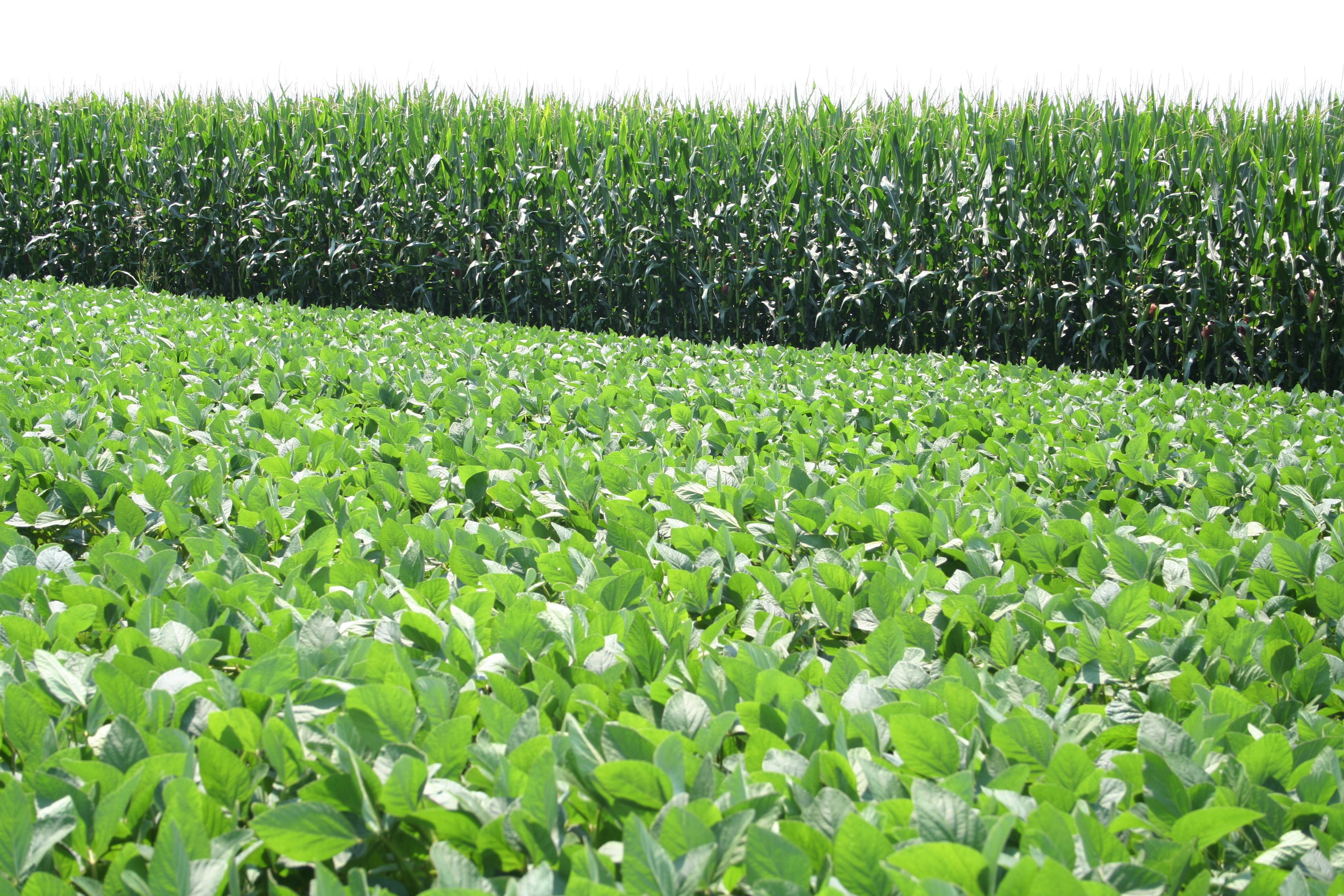Map Highlight: Renewable Diesel and Other Biofuels Map
See how biofuel infrastructure is transforming rural land markets. Use Acres’ map to identify key sites and potential impacts on your property.

Whether you’re managing farmland, scouting for infrastructure opportunities, or tracking energy markets, the Renewable Diesel & Biofuels map from Acres.com equips you with land intelligence you can act on. Locate operational facilities, assess feedstock proximity, and understand how clean energy is reshaping rural America.
What are Biofuels?
Biofuels are renewable fuels derived from biomass and various feedstocks such as soybeans, corn, algae, and animal fats. Unlike traditional fossil fuels, biofuels offer a more sustainable energy solution, potentially reducing greenhouse gas emissions while promoting energy diversification.
Map of Renewable Diesel and Biofuel Infrastructure
Available in our Layer Library, the Renewable Diesel and Biofuels map offers key insights across the U.S. This interactive layer includes:
- Site Name
- Company and Ownership Details
- State-Level Location
Connect with our sales team today and begin exploring renewable infrastructure near you!
 Acres’ nationwide biofuel data is derived from the Energy Information Administration (EIA).
Acres’ nationwide biofuel data is derived from the Energy Information Administration (EIA).
Types of Biofuels
Each biofuel type has unique feedstock needs and environmental advantages. Here’s a breakdown of the most common ones:
Considerations for Land Transactions
Zoning and Land Use
Biofuel facilities often require special zoning. Proximity to a plant may trigger regulatory changes affecting development rights, noise levels, or environmental concerns.
Water Rights
Many biofuel operations rely heavily on water, particularly those using agricultural feedstocks. Ensure water access and usage rights are well documented during transactions.
Property Value Impacts
Biofuel infrastructure may either enhance or diminish land value depending on economic benefits, traffic levels, or community sentiment.
Infrastructure Requirements
These facilities typically require robust transportation, utility, and distribution systems. Nearby land parcels may experience increased traffic or benefit from improved infrastructure.
- Zoning and Land Use: Biofuel facilities often require special zoning. Proximity to a plant may trigger regulatory changes affecting development rights, noise levels, or environmental concerns.
- Water Rights: Many biofuel operations rely heavily on water, particularly those using agricultural feedstocks. Ensure water access and usage rights are well documented during transactions.
- Property Value Impacts: Biofuel infrastructure may either enhance or diminish land value depending on economic benefits, traffic levels, or community sentiment.
- Infrastructure Requirements: These facilities typically require robust transportation, utility, and distribution systems. Nearby land parcels may experience increased traffic or benefit from improved infrastructure.
Considerations for Landowners
Potential Benefits
- Market Expansion: Demand for feedstock crops could create leasing or growing opportunities.
- Economic Stimulus: Biofuel plants can generate local employment and attract related businesses.
- Incentives: Some regions offer tax credits or land lease payments for participating in renewable fuel supply chains.
Potential Risks
- Land Value Shifts: Industrial development may alter surrounding land values negatively.
- Agricultural Shifts: Land converted to biofuel crops could impact prices or availability of food-related agriculture.
- Lifestyle Disruptions: Increased noise and traffic can affect rural landowners’ tranquil lives.
Final Thoughts
Biofuels and renewable energy production are reshaping how land is used and valued across the U.S. With Acres’ Renewable Diesel and Biofuels map, land professionals can explore this evolving landscape with confidence.
[CTA graphic]

